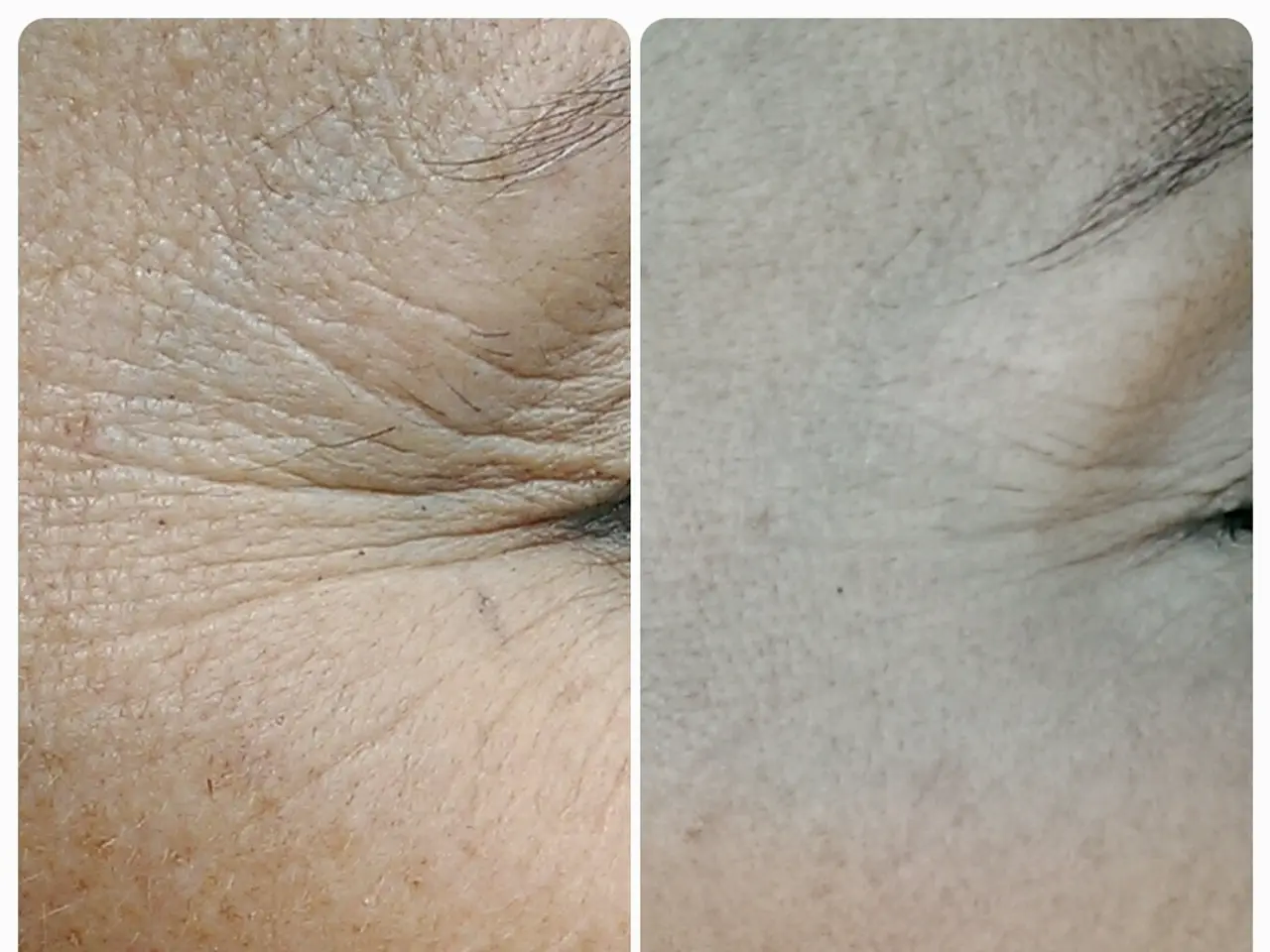Understanding Aging Skin: Changes, Management, and Health Tips
Aging brings about various changes to our skin, with older adults often experiencing dry patches, age spots, and increased bruising. Understanding these changes and how to manage them is crucial for maintaining skin health in older age.
Aging skin becomes thinner, paler, and less elastic, with blood vessels becoming more fragile. Older adults may also experience dry patches on their elbows, lower arms, and lower legs, which can itch and feel scaly or rough. To manage dry skin, use moisturizers, warm water and mild soap, a humidifier, and drink plenty of water.
Monthly skin checks are important to identify any changes that could be a sign of skin cancer. The ABCDE rule can help identify potential melanoma. Everyone needs sun protection, regardless of skin type, to prevent skin cancer. This includes limiting time in the sun, using broad-spectrum sunscreen, wearing protective clothing, and avoiding tanning and tanning beds.
Age spots and skin tags are common in older adults and are typically harmless, but can be removed if bothersome. Older adults may also bruise more easily and take longer for bruises to heal. Bruises can also be a sign of elder abuse, and if suspected, local law enforcement, adult protective services, or the National Center on Elder Abuse should be contacted.
There are two types of skin aging: intrinsic (chronological) and extrinsic (photoaging). Intrinsic aging affects everyone, while extrinsic aging is induced by chronic exposure to UV radiation, smoking, and other pollutants. Common skin conditions in older adults include shingles, rosacea, autoimmune conditions, and skin infections.
Understanding the effects of aging on the skin and taking proactive steps to manage these changes can help older adults maintain healthy, comfortable skin. Regular skin checks, sun protection, and managing dry skin are all important aspects of skin care in older age.





